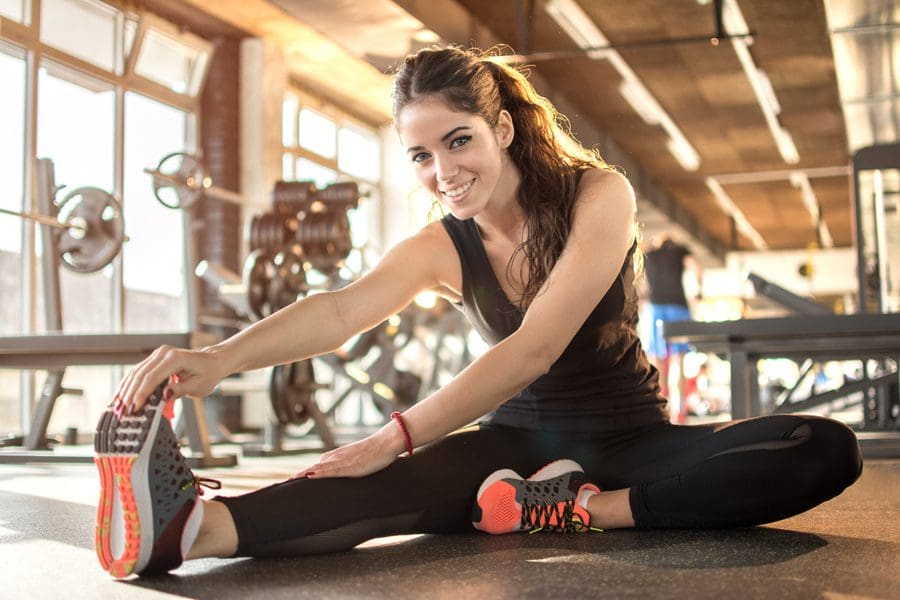It’s never too late to begin your flexibility journey. After all, just because you weren’t flexible in high school isn’t to say you can’t become flexible at any point in your life. It might take work and dedication, but if your heart is set on it (and your body is able to), there’s no reason your body can’t get with the picture.
In the interest of helping you get started, here are some steps you can take to improve your flexibility.
Don’t Skip the Warm-Up and Cooldown
We get it; we’re all super busy. When your workouts need to be conducted within a tight timeframe, we often forego the warm-up and cool-down components, as the workout in between is the meat of the routine, right?
Not exactly.
In fact, warm-ups are essential to heating up your muscles and ensuring they’re pliable and ready to move with you, which helps to not only improve your workout but also to improve your overall flexibility.
Muscles can tighten over the course of a workout no matter how short your workout is, so the cool-down process is exactly what your muscles need to unwind. It’s also a great opportunity for added stretching to improve flexibility.
Don’t worry about timing here – fast warm-ups and cool-downs are still effective and beneficial for your body; you only need to allot about 5 minutes to each if your schedule doesn’t offer much wiggle room.
Build Stretching Exercises into Your Workout Routine
Not all workouts need to be heart rate-raising cardio blasts. In fact, you should take the time to work more dynamic exercises into your schedule, such as pilates and yoga – both of which will help you to improve flexibility.
The more all-encompassing your workouts are, the more likely you are to see the results that you want, both in terms of fitness goals and flexibility. If you’re hoping to increase your overall flexibility, a 30-day yoga video is probably going to benefit you more than a core-intensive pilate series. As with anything you do, you know your body better than anyone, so plan accordingly.
Emphasize Stress Relief
Stretching is great, but it’s not everything when it comes to flexibility. In fact, if you’re a constant bundle of stress, no matter how many stretches you work into your routine, you’ll likely find that your muscles are always tight with little breathability.
For this reason, you should emphasize stress relief in your everyday life. One great way to incorporate stress relief is to take the time for a long bath. This not only gives you ample time to declutter your mind, but the heat will also help to loosen up your muscles.
Drink More Water
If you’re focused on physical health, you’ve likely heard time and again about the importance of water. The truth is, you probably don’t drink enough water as it is, and this is another contributing factor to the tightness in your muscles.
Water helps to flush out toxins stored in your muscles. It also keeps your cells hydrated, which is a big deal, as the human body is made up of 70% water. When you drink more water, you’re more likely to find that your muscles and joints are more pliable. Your stretches will have less resistance, and your body will feel better overall in your day-to-day life.
Don’t Get Frustrated
Finally, but most importantly, don’t get frustrated when it comes to improving your flexibility. You are not going to become a world-class yogi overnight when you’ve never passed a sit and reach test in your life, so don’t expect to.
Some days, you’ll feel like you’re making progress, while on other days, you’ll feel too tight to move. You need to listen to your body; push through the discomfort when you can and pull back when you have to. As long as you understand flexibility is a process unique to your body, you’ll be off to a great start.
Being flexible is not only great for your muscles, but it will also help your form and ability in various workout regimens. That said, flexibility is a journey, so continue to have the patience and positive mentality to keep on keeping on.
These tips are a great starting point to ensure your body is ready for the journey, but it’s up to you to keep up the good (albeit challenging) work!






